Recently I wrote about linear encoders, and in this article, I’m going to tell you about optical encoders.
An optical encoder is a motion sensor based on an LED and an infrared receiver element between which a disc rotates, divided into translucent and opaque zones.
Purpose
Optical encoders are used to determine parameters such as angular position, direction, speed, and rotation frequency of a moving object.
The optical encoder design consists of a special optical disc, a light-emitting diode, and a photodetector. The number of black/transparent sectors on the disk determines the resolution of the optical encoder, also referred to as the number of marks per revolution. The optical scale disc (the disc’s surface consists of transparent and opaque sections) is rigidly mounted on the shaft.
The infrared sensor reads the information and converts the light signals into electrical signals as the object rotates. In turn, the electrical signals are converted into a binary code by the encoder electronics.
Advantages and Disadvantages of Optical Encoders
When choosing a device for your purposes, you should consider the following advantages and disadvantages of optical encoders:
Advantages – high resolution, wide availability, high accuracy. Optical encoders do not require the installation of additional electronics. Their output signal can be used immediately in the main control system. In addition, they are easier to select and implement.
The disadvantages are fragility, susceptibility to foreign substances and high temperatures, the possibility of sudden breakdown. The main disadvantage of such sensors is that they are not designed for adverse operating conditions, such as vibration, shock, foreign objects, or extreme temperatures. It is almost impossible to detect an impending failure in advance.
Optical Encoder Application
Optical encoders are used extensively in applications such as electronics, medical and healthcare, aerospace, science and research, and precision machining. Each specific application places very specific demands on the encoders used.
Resolvers used to be much more common than optical encoders, but that has now changed, with many different encoders available from a wide variety of manufacturers to suit different customer needs.
FAQ
What is the output of the optical encoder?
The optical encoder provides a signal every two crankshaft revolutions, while the flywheel sensor gives a signal on every crankshaft revolution. The optical encoder is used to create a clock for data sampling, and the flywheel sensor’s value is used to determine engine speed.
Why do we use an optical encoder?
The optical encoder uses the optical pulses that have been transmitted through the slit to convert them into electrical signals and then transmits them. As a result, an optical encoder is easier to improve accuracy and resolution than magnetic encoders, and it can be utilized in circumstances where a strong magnetic field is produced.
What is an optical rotary encoder?
An optical rotary encoder consists of a rotating disk with concentric grooves etched into it. Different, distinct light patterns are generated when light is shone through the moving disk onto the mask of an optical rotary encoder. One or two sensors may be found in each optical rotary encoder track.
How does the optical linear encoder work?
An optical linear encoder transmits a signal using light or a laser beam. Additional elements are incorporated into the design to improve the light pulses’ quality and direction (lenses, scanning reticles, etc.). Linear equipment works in a similar way to rotary encoders, but instead of a wheel, they utilize a scale.
Useful Video: Optical Encoders Explained
Final Words
Now you know what an optical encoder is and a little bit about how it works. As you can see, they are incredibly useful devices that allow us to track motion and position with incredible accuracy. So the next time you see one in use, be sure to take a closer look and appreciate all the work that has gone into making it possible!
Thanks for reading!

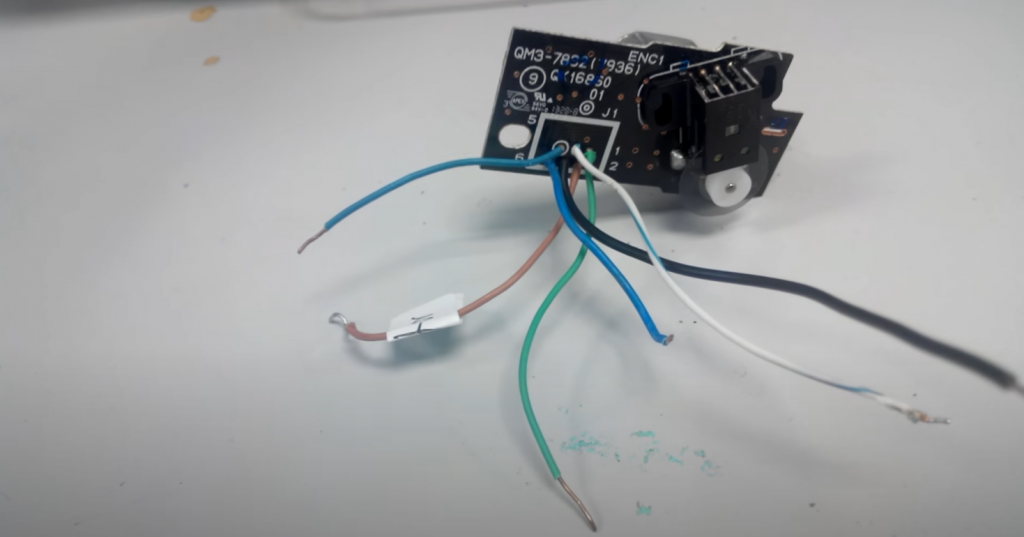
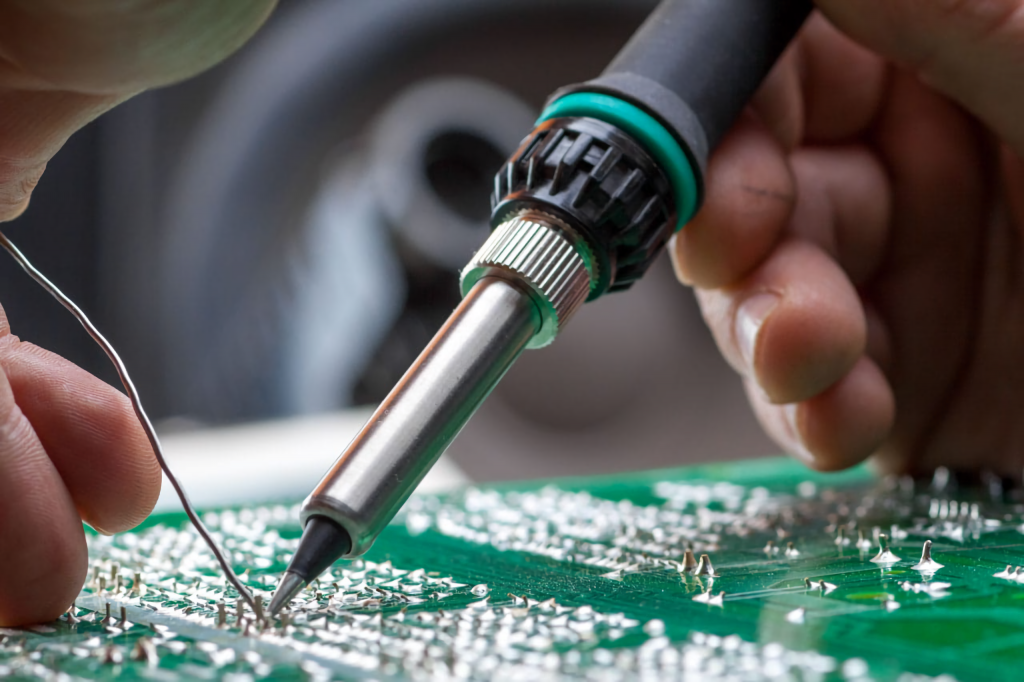
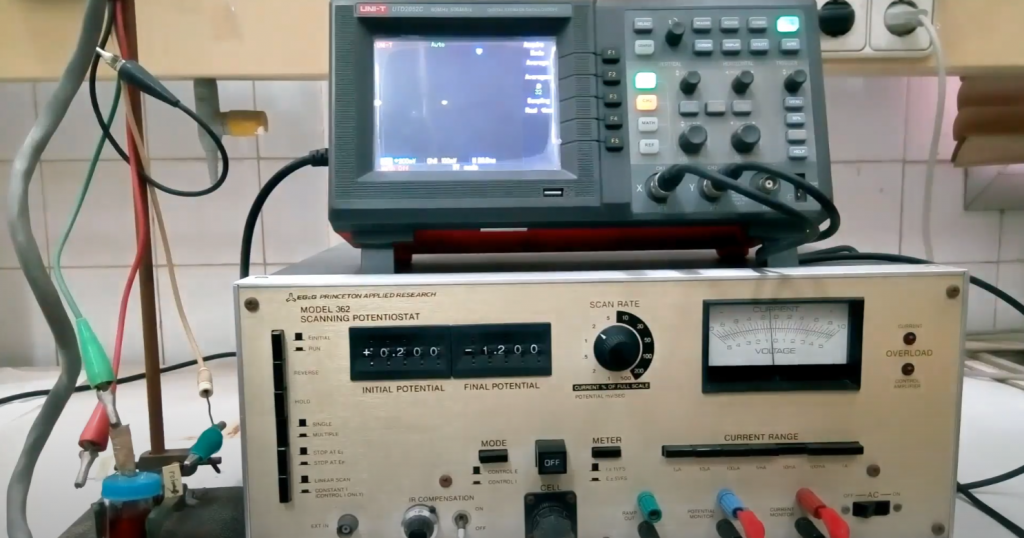
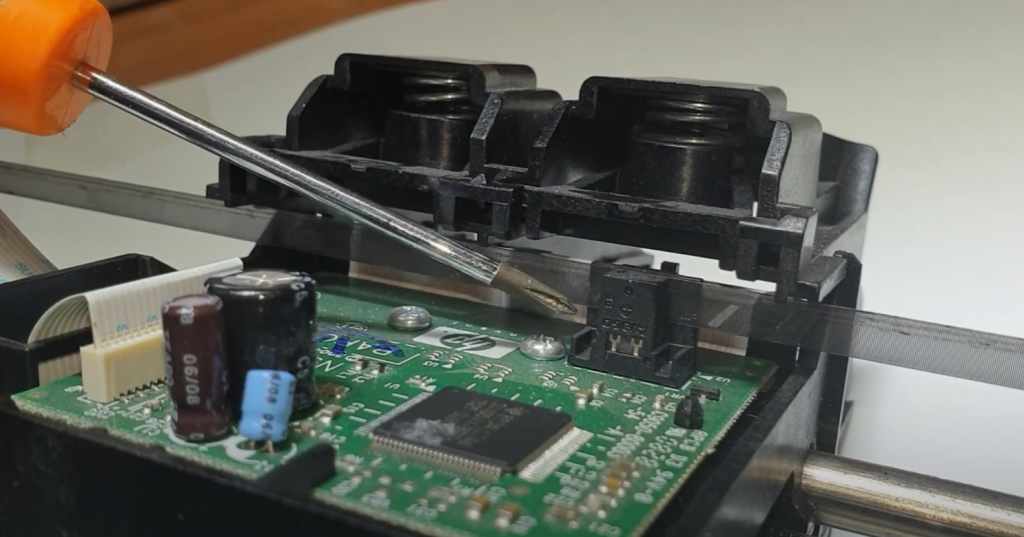
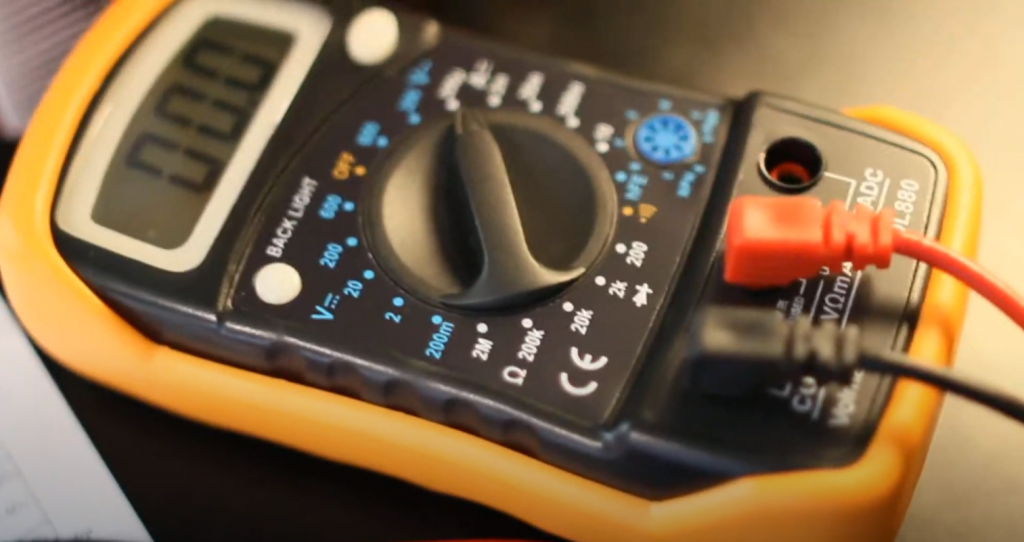
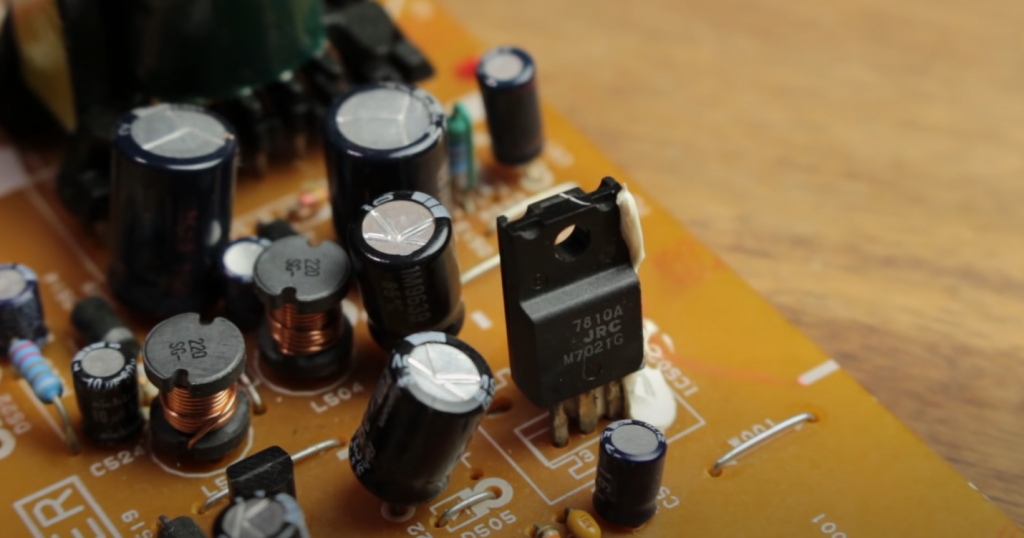
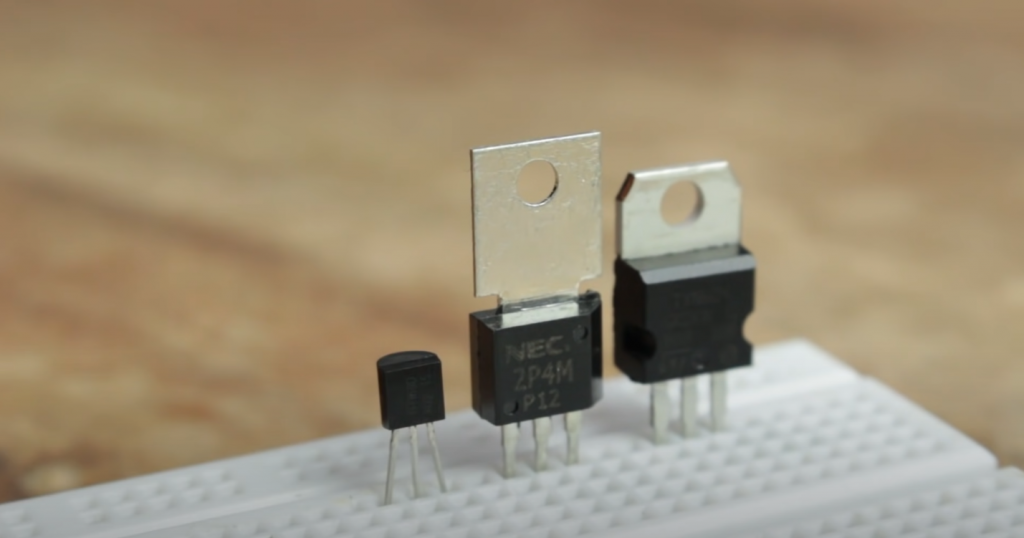
I was first introduced to optical encoders when I was working on a project that required me to control a motor. I had no idea what an optical encoder was, but I soon found out that it is a device that can be used to measure speed and distance. I was amazed at how well it worked and how accurate it was.
Since then, I have used optical encoders on many different projects. They have become one of my favorite tools because they are so versatile and easy to use. I highly recommend them to anyone who needs to measure speed or distance.